Skateboarding As A Sport – The Sport That Refuses to Be Defined
Skateboarding is not just a sport—it’s a cultural disruptor, a design language, and a social movement. It emerged from the margins, forged in concrete bowls and city streets, and has since evolved into a global phenomenon that challenges traditional notions of athleticism, branding, and youth identity. Unlike sports confined by rules and institutions, skateboarding thrives on freedom, improvisation, and community.
This post explores skateboarding’s multidimensional impact—from its physical and psychological benefits to its role in reshaping marketing, urban space, and social inclusion. It also examines how skateboarding functions as a lifelong pursuit, accessible to all ages and backgrounds, and how it continues to redefine what sport, culture, and creativity can mean in the 21st century.
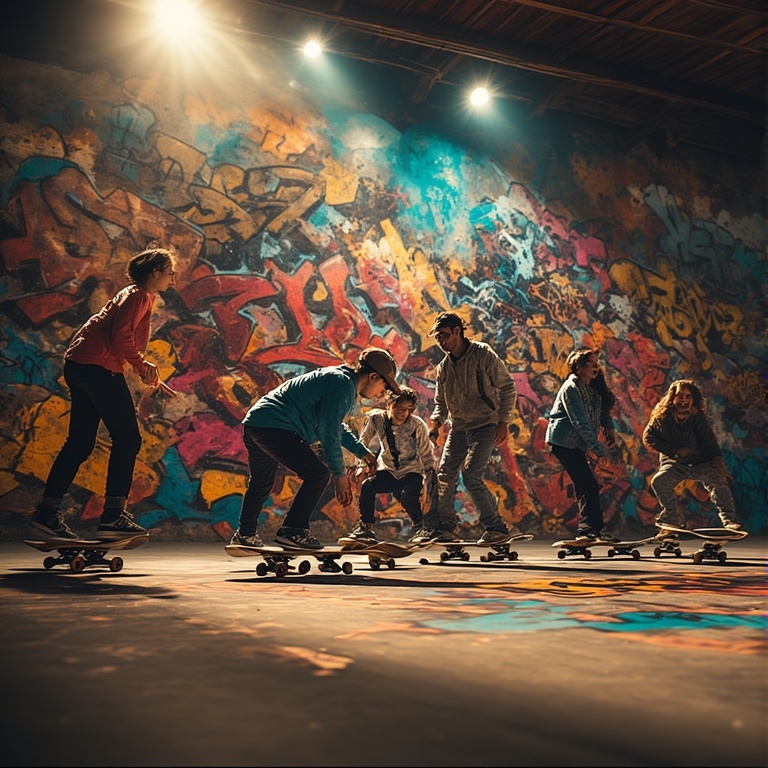
Why Skateboarding Is More Than Just a Basic or Traditional Sport
Skateboarding as a Sport defies categorization. It’s athletic, artistic, philosophical, and communal. It demands physical coordination, mental resilience, and creative problem-solving—all without the rigid structure of traditional sports.
- Flow State – Skaters often describe a meditative zone where body and board move as one. This state enhances focus and emotional regulation, akin to mindfulness practices.
- Self-Directed Learning – Progression is nonlinear. Skaters learn through repetition, experimentation, and peer observation, fostering autonomy and intrinsic motivation.
- No Age Limits – Skateboarding is ageless. Children, teens, adults, and seniors all participate. The sport values progression over perfection, making it welcoming to late starters and lifelong learners.
Skateboarding’s open-ended nature makes it uniquely suited to personal growth, creative expression, and community building.
Skateboarding’s Influence on Sport Culture and Branding
Skateboarding has revolutionized how sports are marketed, designed, and consumed. It introduced a new aesthetic and ideological framework that prioritizes authenticity, individuality, and cultural relevance.
- Visual Language – Skateboarding’s gritty, DIY aesthetic has influenced everything from sneaker design to luxury fashion. Brands emulate the rawness of skate videos, zines, and street art.
- Marketing Ideology – Traditional sports marketing emphasizes performance and prestige. Skateboarding flips the script, celebrating imperfection, rebellion, and grassroots credibility.
- Lifestyle Integration – Skateboarding is not just something you do—it’s something you live. It informs music, fashion, language, and social values, making it a lifestyle brand in itself.
Major corporations now collaborate with skaters not just as athletes, but as cultural curators, designers, and storytellers.
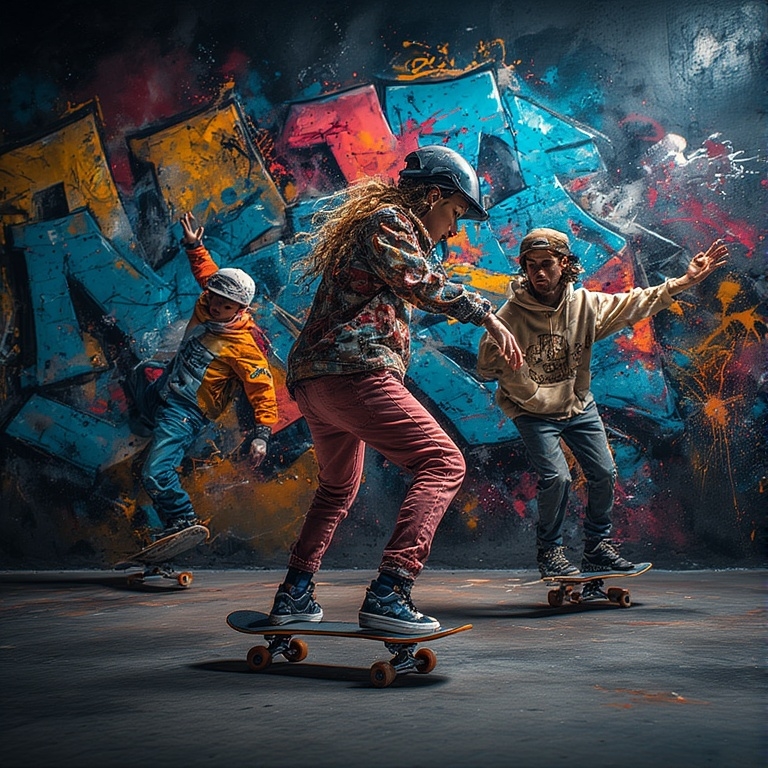
How Skateboarding Works – From First Push to Pro Level
Skateboarding as a sport progression model is radically inclusive. It allows anyone to start anywhere, with minimal equipment and no institutional barriers.
- Entry-Level – Beginners start with pushing, turning, and basic balance. Early progression is tactile and intuitive, often learned in driveways, sidewalks, or schoolyards.
- Community Learning – Skateboarding culture thrives on mentorship. Older skaters teach younger ones through informal coaching, shared sessions, and video analysis.
- Creative Progression – Unlike sports with fixed drills, skateboarding encourages improvisation. Each skater develops a unique style, shaped by terrain, influences, and personality.
- Professional Pathways – Pro skaters often emerge from local scenes, gaining recognition through video parts, contests, and brand collaborations. Success is measured by creativity, influence, and cultural impact—not just medals.
Skateboarding’s decentralized structure makes it one of the most accessible and meritocratic sports in the world.
Skateboarding as a Tool for Social Change
Skateboarding has proven to be a powerful tool for youth empowerment, crime diversion, and community revitalization—especially in underserved urban areas.
- Crime Diversion – Skateboarding offers a constructive outlet for adrenaline and aggression. Cities with skateparks often report lower youth crime rates and higher civic engagement.
- Youth Empowerment – Skaters become community leaders, organizing events, mentoring peers, and advocating for public space. Skateboarding teaches initiative, resilience, and collaboration.
- Cultural Bridges – Skateboarding transcends language and background. It creates inclusive spaces where race, class, and nationality dissolve in shared movement and mutual respect.
Nonprofits and grassroots organizations increasingly use skateboarding as a platform for social development, trauma recovery, and intercultural dialogue.
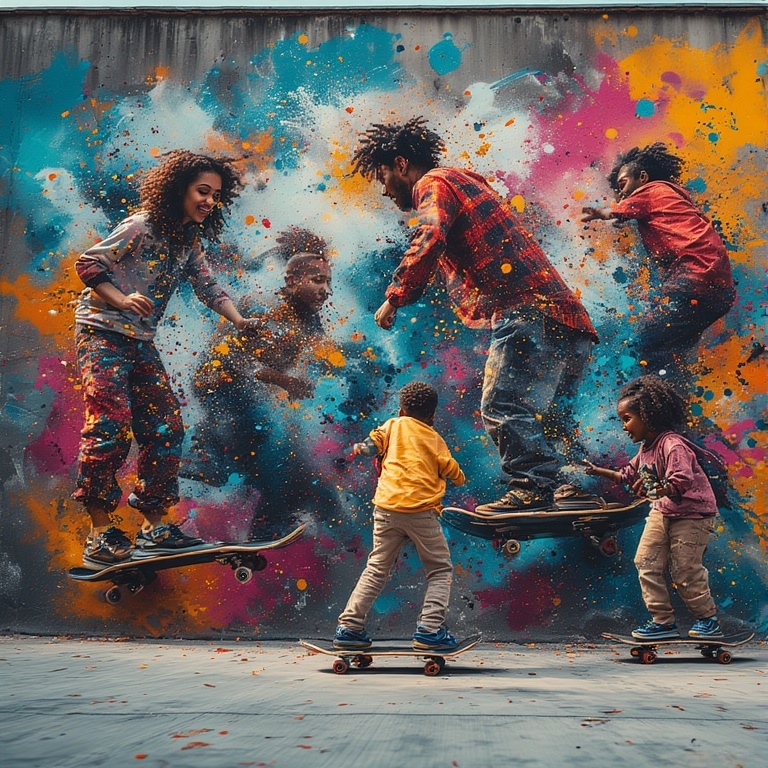
The Psychology of Skateboarding
Skateboarding cultivates psychological resilience, emotional intelligence, and identity formation.
- Risk Management – Skaters learn to assess danger, manage fear, and make calculated decisions—skills transferable to life beyond sport.
- Resilience – Failure is constant. Skaters fall hundreds of times before landing a trick, building grit, patience, and self-belief.
- Identity Formation – Skateboarding provides a framework for self-definition outside mainstream norms. It empowers youth to craft their own values, aesthetics, and communities.
Psychologists increasingly recognize skateboarding as a therapeutic practice, especially for adolescents navigating identity, anxiety, and social pressure.
The Globalization of Skateboarding
Skateboarding has become a global language—spoken through movement, style, and shared culture.
- International Growth – Skateboarding scenes thrive in cities across Asia, Africa, Latin America, and Europe. Local adaptations reflect cultural nuances while preserving core values.
- Olympic Recognition – Skateboarding’s inclusion in the Olympics marked a turning point, legitimizing it as a global sport while sparking debates about institutionalization.
- Cross-Cultural Exchange – Skaters travel, collaborate, and share techniques across borders. Skateboarding fosters global solidarity and mutual inspiration.
Despite its mainstream rise, skateboarding retains its grassroots ethos, resisting homogenization and preserving local flavor.
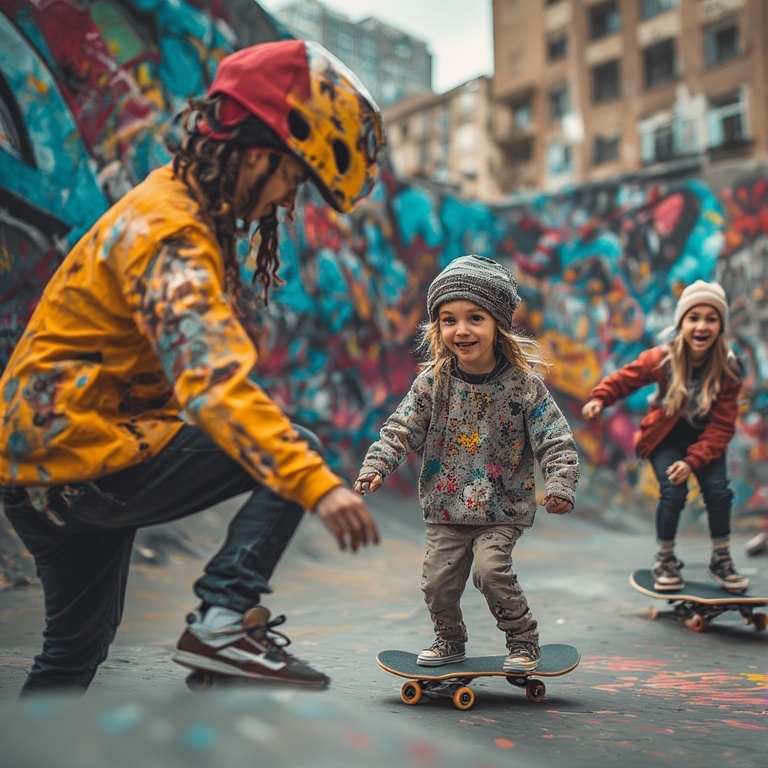
Skateboarding and Urban Space
Skateboarding reimagines the built environment, transforming cities into playgrounds and canvases.
- Adaptive Use – Skaters repurpose stairs, rails, ledges, and plazas as performance zones, challenging conventional urban design.
- Civic Engagement – Skateparks often result from community advocacy. Skaters lobby for space, safety, and recognition, influencing municipal planning.
- Urban Identity – Cities with vibrant skate scenes attract youth, artists, and entrepreneurs. Skateboarding contributes to urban branding and cultural capital.
Architects and planners increasingly consult skaters to design inclusive, multifunctional public spaces.
The Economics of Skateboarding
Skateboarding drives a robust and diverse economy—spanning equipment, apparel, media, and events.
- Equipment Sales – Boards, trucks, wheels, and shoes form a multi-billion-dollar retail sector. Innovation in materials and design continues to expand the market.
- Independent Brands – Skater-owned companies challenge corporate dominance, offering authentic products and storytelling.
- Event Revenue – Competitions, festivals, and demos generate tourism, local business, and media coverage.
Skateboarding’s economic ecosystem supports not just athletes, but designers, filmmakers, photographers, and entrepreneurs.
Skateboarding and Media Evolution
Skateboarding has pioneered new forms of media, storytelling, and cultural documentation.
- Video Parts – Skaters build reputations through filmed segments, showcasing style, creativity, and terrain mastery.
- Social Media – Platforms like Instagram and YouTube democratize exposure, allowing skaters to build global followings without gatekeepers.
- Documentary Culture – Films and series explore skateboarding’s social, artistic, and political dimensions, elevating it as a subject of serious cultural inquiry.
Skateboarding media blends sport, cinema, and activism—creating a genre all its own.
Skateboarding and Gender Inclusion
Skateboarding is increasingly inclusive across gender and identity lines.
- Women in Skateboarding – Female skaters are gaining visibility, sponsorship, and leadership roles. Events and brands now spotlight women’s contributions.
- Nonbinary Representation – Skateboarding communities embrace diverse identities, challenging gender norms and promoting equity.
- Safe Spaces – Inclusive skateparks, crews, and events foster belonging and psychological safety.
Gender inclusion in skateboarding is not just a trend—it’s a structural shift toward justice and representation.
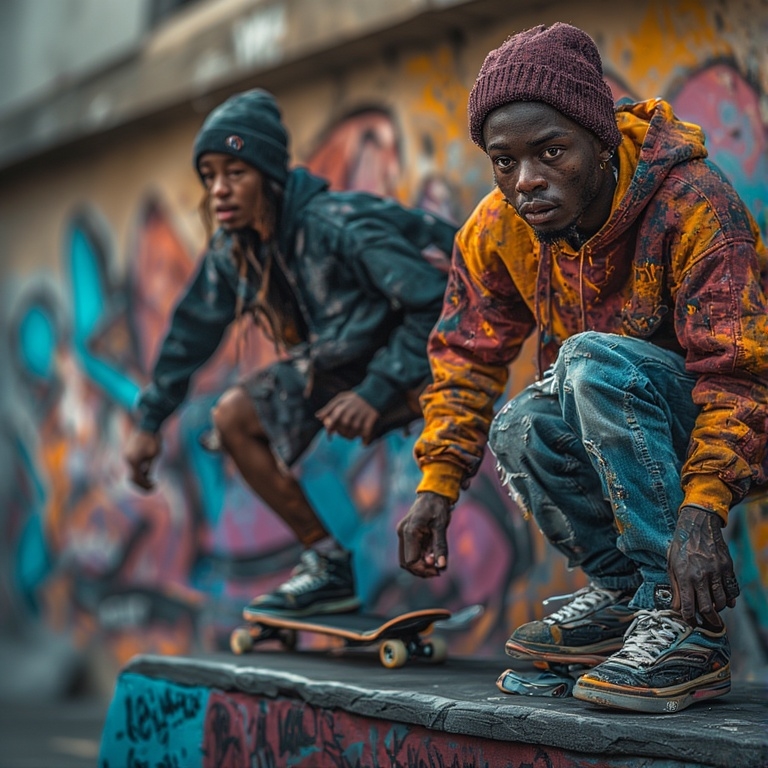
Skateboarding and Education
Skateboarding is entering classrooms, curricula, and youth development programs.
- STEAM Integration – Physics, design, and engineering concepts are taught through skateboarding, making learning tactile and engaging.
- Youth Programs – Schools and nonprofits use skateboarding to reach disengaged students, build confidence, and teach life skills.
- Leadership Development – Skateboarding teaches initiative, goal-setting, and collaboration—qualities essential for civic and professional life.
Educators increasingly recognize skateboarding as a tool for experiential learning and holistic development.
Skateboarding and Environmental Awareness
Skateboarding intersects with sustainability and ecological consciousness.
- Eco-Friendly Materials – Brands explore bamboo decks, recycled wheels, and low-impact manufacturing.
- Urban Greening – Skateparks often include green infrastructure, native plants, and water management systems.
- Environmental Advocacy – Skaters promote conservation through art, activism, and community projects.
Skateboarding’s connection to terrain and space makes it a natural ally in environmental stewardship.
Skateboarding and Indigenous Identity
Skateboarding is a platform for cultural reclamation and expression among Indigenous communities.
- Indigenous Skaters – First Nations and Aboriginal skaters use the sport to share heritage, challenge stereotypes, and build pride.
- Cultural Fusion – Traditional art, language, and storytelling are integrated into board design, apparel, and media.
- Land Connection – Skateboarding becomes a way to engage with place, history, and ancestral knowledge.
Skateboarding and Indigenous Identity
Skateboarding is increasingly recognized as a platform for cultural reclamation and expression among Indigenous communities. It offers a space where tradition and modernity intersect, allowing youth to engage with heritage while forging new paths.
- Indigenous Skaters – First Nations, Aboriginal, and Native skaters use the sport to challenge stereotypes, share stories, and build pride in cultural identity.
- Cultural Fusion – Traditional art, language, and symbolism are integrated into board graphics, apparel, and skatepark murals, creating a visual dialogue between past and present.
- Land Connection – Skateboarding becomes a way to engage with place and ancestry. For many Indigenous skaters, riding terrain is not just recreation—it’s a form of spiritual and historical connection.
Skateboarding empowers Indigenous youth to reclaim narratives, build community, and assert visibility in spaces where they’ve long been marginalized.
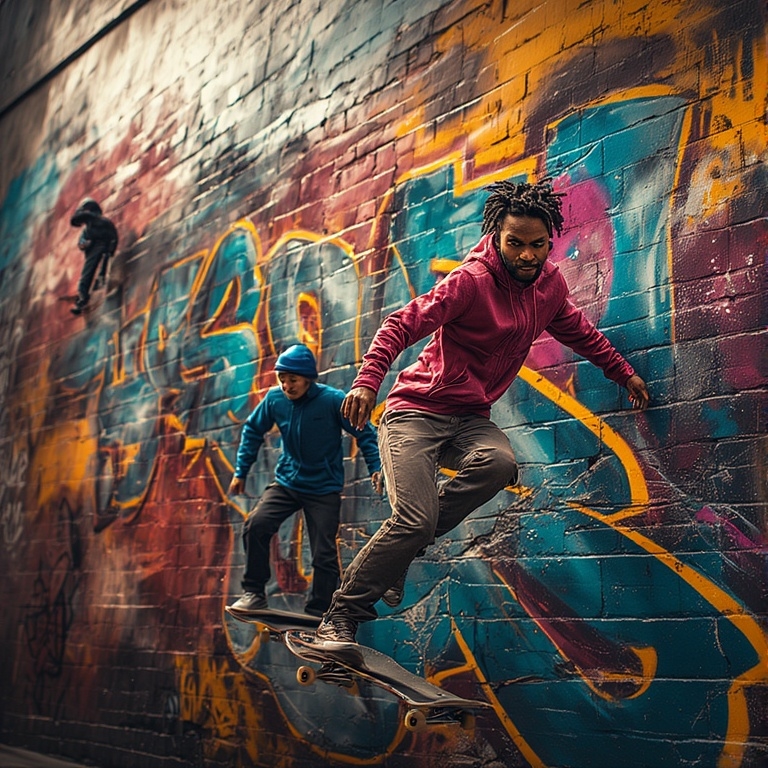
Skateboarding and Mental Health
Skateboarding offers profound mental health benefits, particularly for youth navigating stress, trauma, or social isolation. Its therapeutic potential is increasingly recognized by psychologists, educators, and community workers.
- Stress Relief – The rhythmic motion, focus, and outdoor setting of skateboarding help reduce anxiety and improve mood.
- Community Support – Skate crews often function as informal peer support networks, offering friendship, mentorship, and emotional safety.
- Therapeutic Use – Skateboarding is used in trauma recovery programs, especially for youth affected by violence, displacement, or systemic neglect.
Unlike clinical settings, skateboarding provides healing through movement, creativity, and connection—making it a powerful complement to traditional mental health interventions.
Disability and Skateboarding – Redefining Ability Through Movement and Innovation
Skateboarding has long been a sport of defiance—against gravity, convention, and exclusion. In recent years, it has become a powerful platform for disability inclusion, challenging outdated notions of who qualifies as an athlete and expanding the boundaries of what movement can mean.
- Adaptive Skateboarding – A growing community of skaters with physical disabilities is redefining the sport. Using custom-designed boards, prosthetics, and wheelchairs, adaptive athletes perform tricks, ride bowls, and compete at elite levels. Organizations like Adaptive Action Sports and Skate Anity have helped build visibility and infrastructure for these athletes.
- Wheelchair Skateboarding (WCMX) – Pioneered by athletes like Aaron “Wheelz” Fotheringham, WCMX blends skateboarding with BMX-style tricks performed in wheelchairs. Riders drop into vert ramps, grind rails, and land backflips—demonstrating that innovation and courage, not conformity, define athleticism.
- Neurodiversity and Mental Health – Skateboarding also supports individuals with cognitive or developmental disabilities. Its repetitive, rhythmic nature can be calming and empowering for people with autism, ADHD, or sensory processing differences. Skateparks offer nonjudgmental spaces where neurodiverse skaters can thrive socially and physically.
- Inclusive Design and Advocacy – Some cities and nonprofits are now designing skateparks with accessibility in mind—featuring smoother transitions, wider platforms, and adaptive-friendly layouts. These spaces foster interabled communities where skaters of all abilities share terrain, mentorship, and mutual respect.
Skateboarding’s culture of experimentation and self-expression makes it uniquely suited to disability inclusion. It doesn’t ask athletes to conform—it invites them to create. In doing so, it transforms disability from limitation into innovation, and sport from performance into possibility.
The Future of Skateboarding
Skateboarding continues to evolve, pushing boundaries in technology, policy, and cultural leadership. Its future is shaped not just by athletes, but by designers, activists, and educators who see the sport as a tool for transformation.
- Tech Integration – Innovations like smart decks, AR training apps, and motion sensors are redefining how skaters learn and interact with terrain.
- Policy Recognition – Governments increasingly support skate infrastructure, recognizing its role in youth engagement, public health, and urban revitalization.
- Cultural Leadership – Skaters are shaping music, fashion, and activism, using their platforms to advocate for equity, sustainability, and creative freedom.
The future of skateboarding is interdisciplinary, inclusive, and globally connected—driven by a generation that sees sport not as spectacle, but as social force.
The Tony Hawk Effect – From Police Academy to Global Legacy
Tony Hawk’s journey from vert prodigy to cultural icon is a masterclass in how one individual can reshape an entire sport. His influence spans decades, mediums, and generations.
- Early Visibility – Hawk’s stunt work in Police Academy 4 introduced skateboarding to mainstream audiences, blending humor with high-level skill and sparking curiosity worldwide.
- Competitive Dominance – Hawk’s technical innovation and contest success in the ’80s and ’90s elevated vert skating and inspired a generation of athletes.
- Video Game Revolution – Tony Hawk’s Pro Skater (1999) became a cultural touchstone, educating millions on skate culture, trick names, and legendary spots.
- Cultural Legitimacy – Hawk’s philanthropy, media presence, and Olympic advocacy helped shift skateboarding from fringe to formal, without sacrificing its soul.
His legacy paved the way for new icons—like Momiji Nishiya, the 13-year-old Japanese skater who won gold in the women’s street event at the Tokyo 2020 Olympics.
- Youth Empowerment – Nishiya’s win proved that skateboarding’s meritocracy is real. Age, gender, and geography are no barriers to excellence.
- Global Reach – Her success highlighted skateboarding’s international growth and the rise of new cultural centers beyond the U.S.
- Generational Continuity – From Hawk’s vert ramps to Nishiya’s street rails, skateboarding’s evolution remains rooted in creativity, courage, and community.
The Tony Hawk effect is not just about fame—it’s about transformation. It’s the story of how skateboarding became a global language, spoken fluently by legends and newcomers alike.

Conclusion – The Future Is on Four Wheels
Skateboarding is more than a sport—it’s a system of values. It teaches resilience, creativity, and autonomy. It builds communities, reclaims space, and challenges norms. It’s a tool for education, a platform for activism, and a canvas for self-expression.
From the streets of Los Angeles to the Olympic podiums of Tokyo, skateboarding continues to evolve without losing its soul. It welcomes all ages, all backgrounds, all identities. It rewards effort, not pedigree. It celebrates failure as part of growth.
Whether you’re pushing your first board or designing the next wave of cultural innovation, skateboarding offers a place to belong, a path to grow, and a platform to speak.
Join the Discussion
Have you felt the impact of skateboarding in your life or community? Whether you’re a skater, educator, designer, or cultural observer, your insights matter. Share your stories, questions, or reflections below—and let’s keep the conversation rolling.
#SkateBoarding #SkateboardingCulture #YouthSportRevolution #DesignDrivenSport #SkateLife #FromStreetToPro #InclusiveAthletics #SkateboardingForAll #SportAsLifestyle #CreativeMovement #SkateboardingFuture #TonyHawkLegacy #OlympicSkateboarding #SkateboardingIsEducation #SkateboardingIsHealing #SkateboardingIsResistance
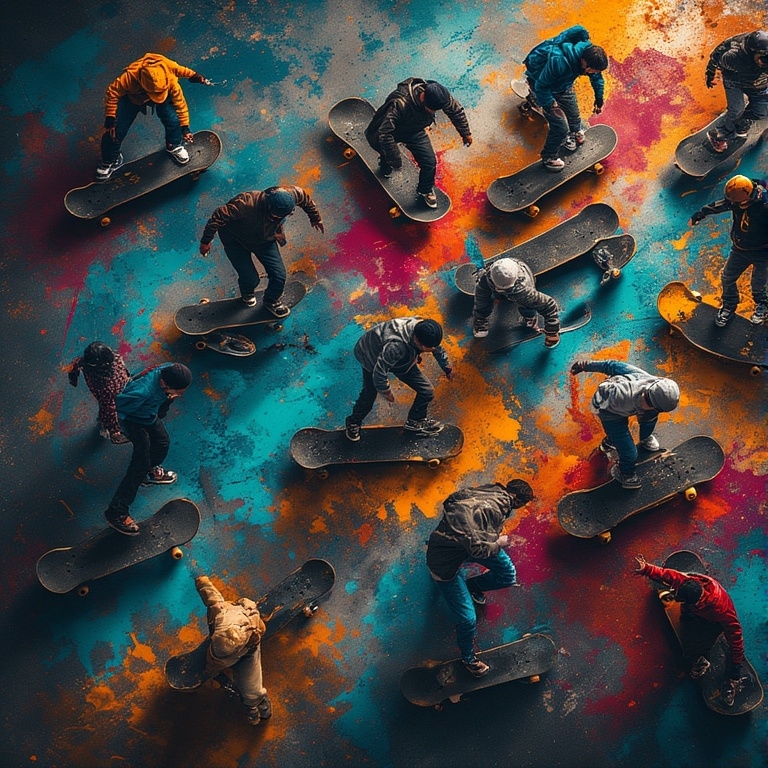



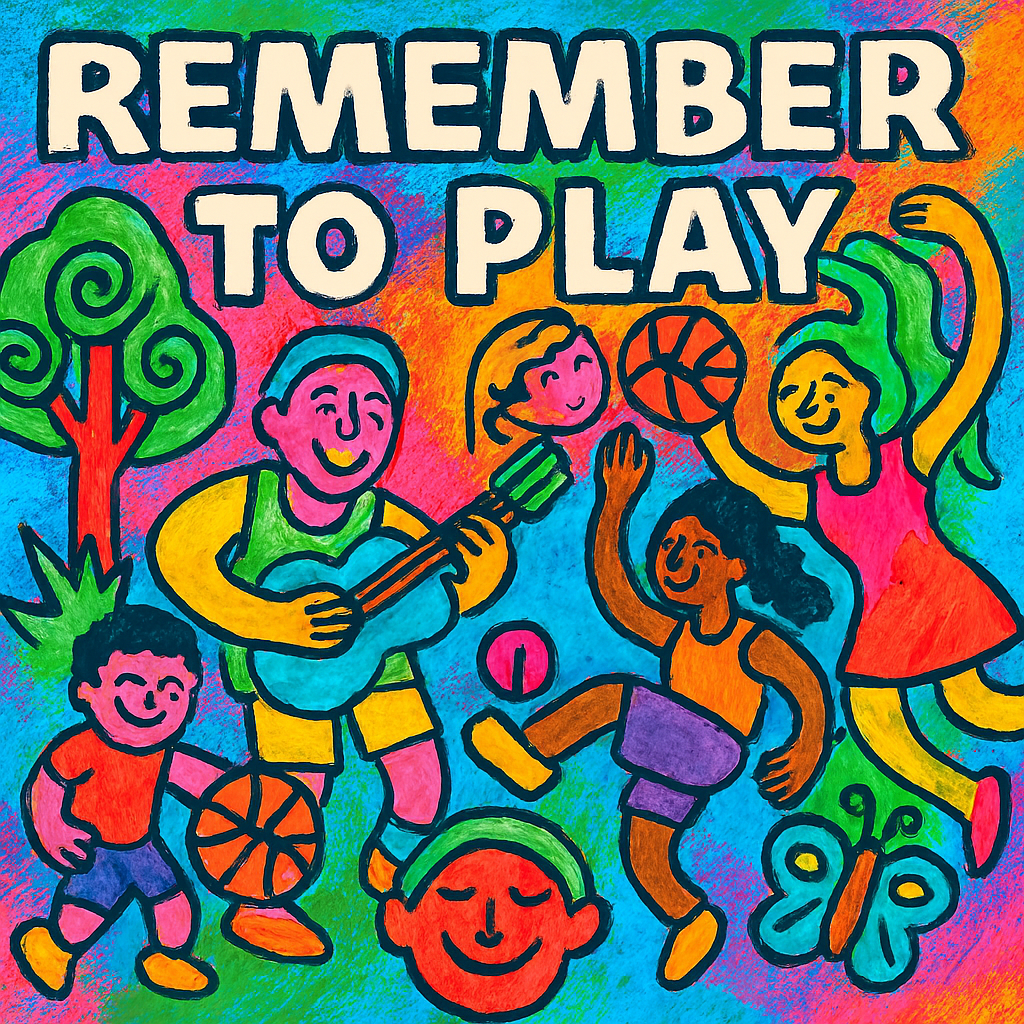
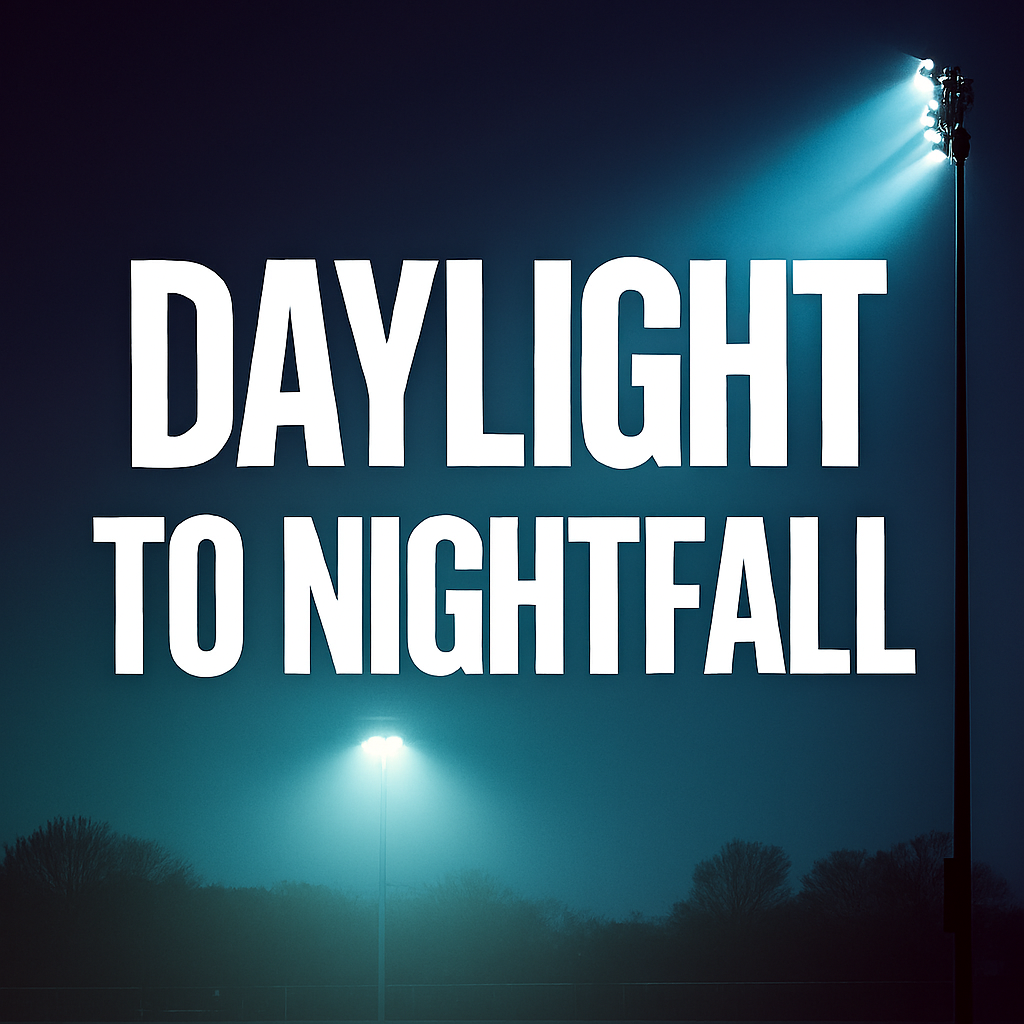
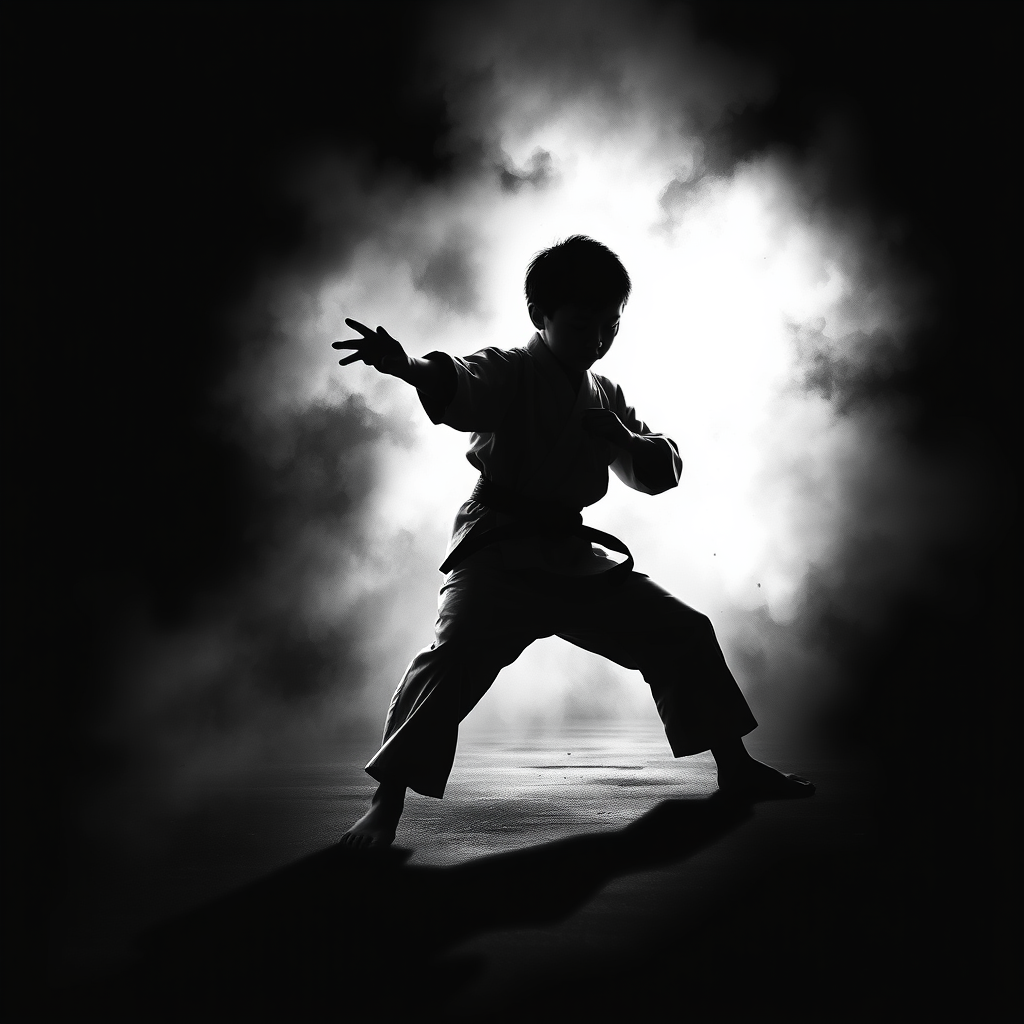
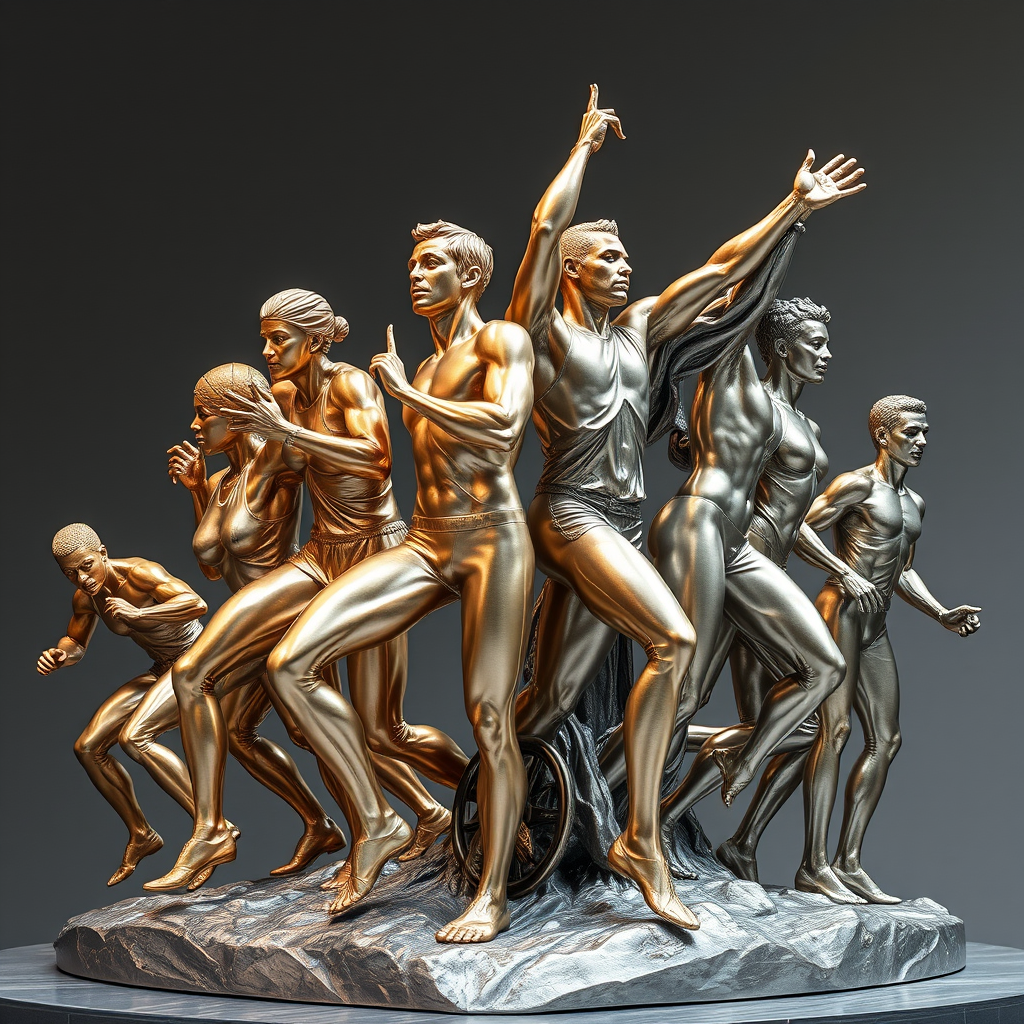
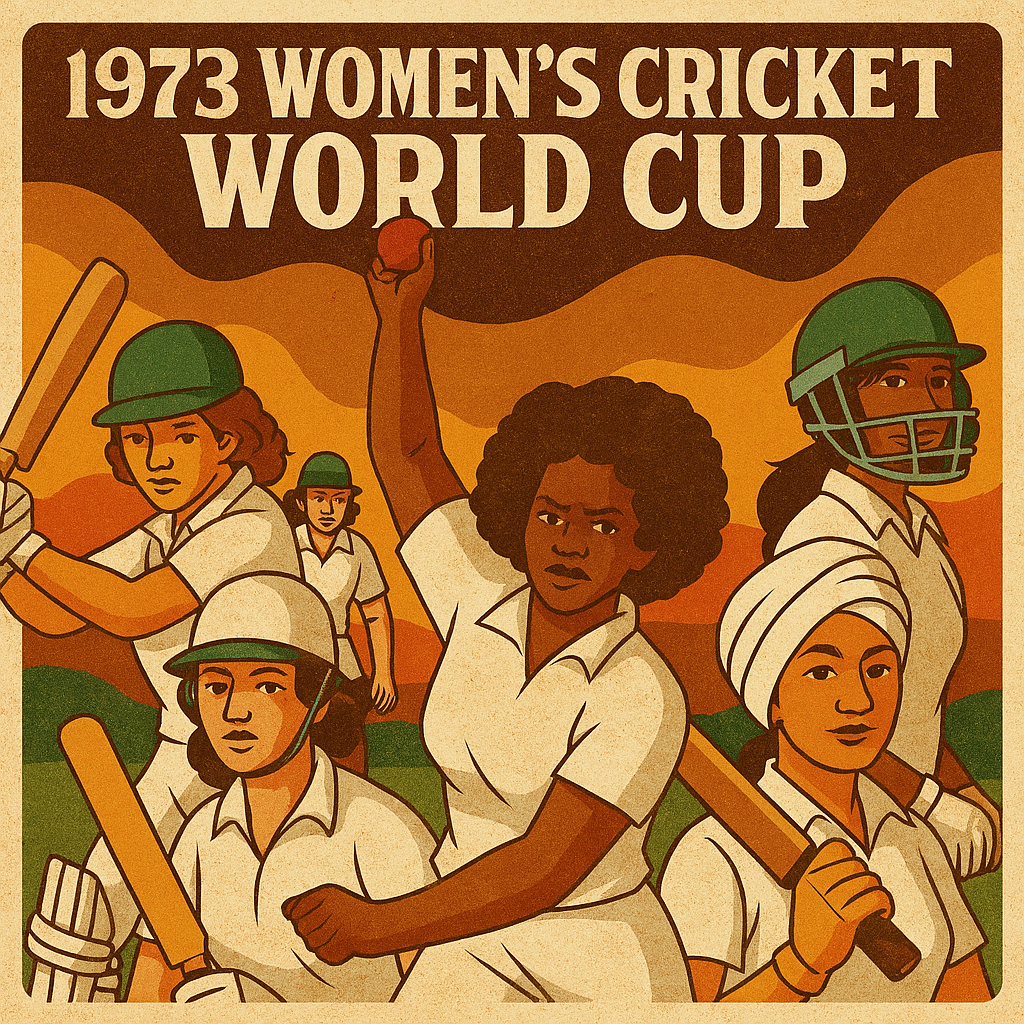
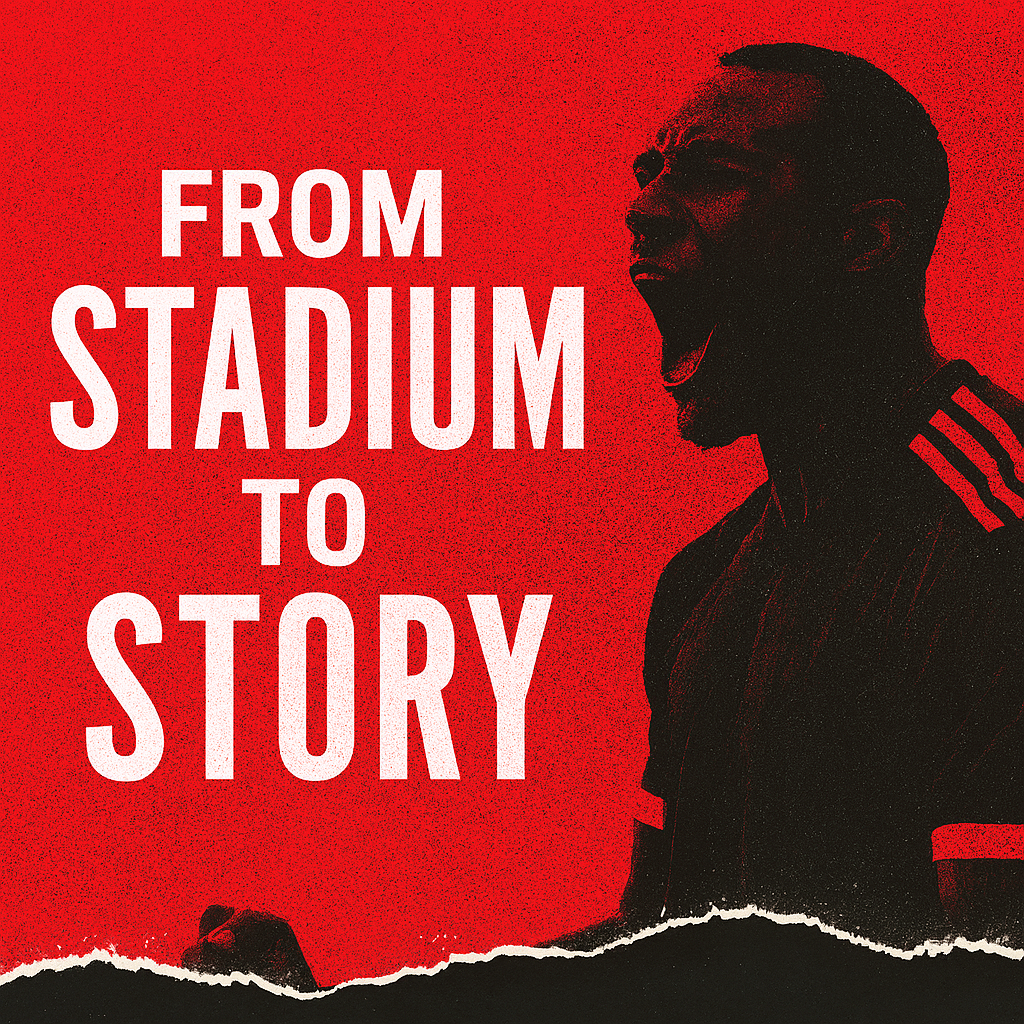

Leave a Reply